Physical Address
304 North Cardinal St.
Dorchester Center, MA 02124
Physical Address
304 North Cardinal St.
Dorchester Center, MA 02124
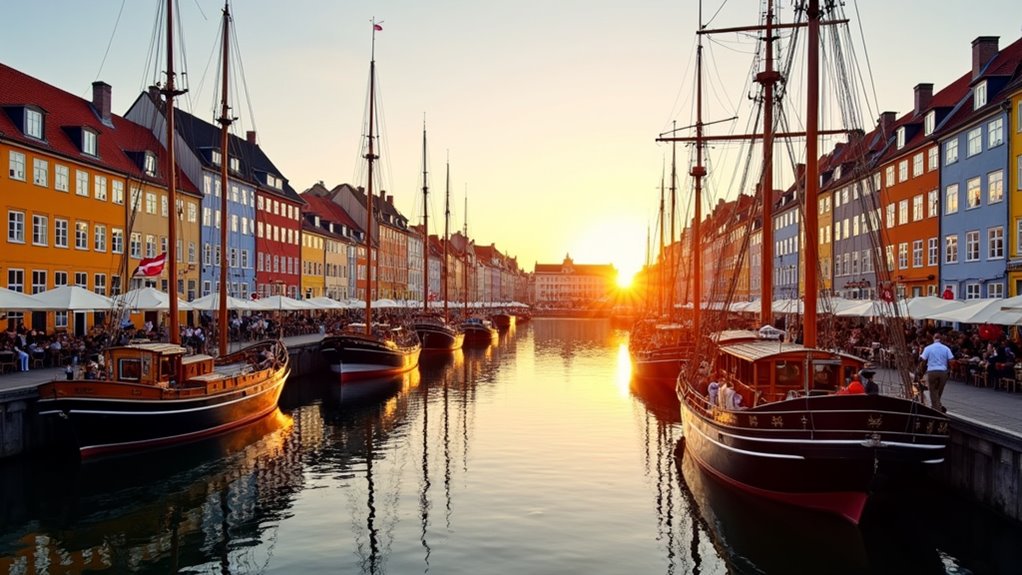
Uncover Denmark's treasure trove of Viking heritage, hygge lifestyle, and Michelin-starred cuisine that make this Nordic nation irresistible.
Denmark is absolutely worth visiting with its affluent Viking heritage, 10 UNESCO sites, and sustainable urban innovations in Copenhagen. You’ll discover pristine Blue Flag beaches along 7,400km of coastline, world-class dining with 26 Michelin stars, and the famous hygge lifestyle that makes Danes among the world’s happiest people. Bring your family to iconic attractions like Tivoli Gardens and LEGOLAND Billund – these nine compelling reasons only scratch the surface of this Nordic gem.
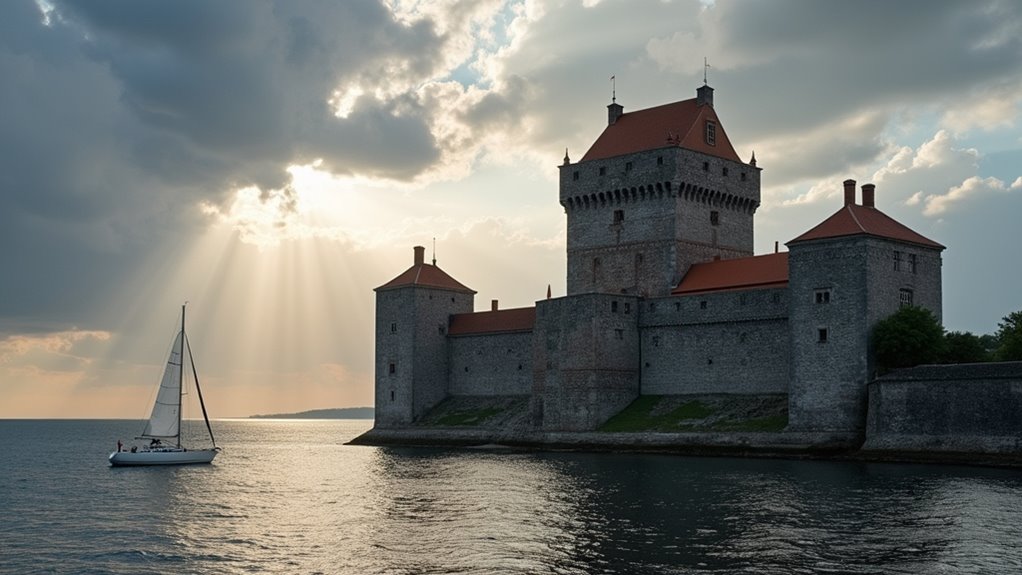
When planning your Danish adventure, you can’t overlook the country’s impressive collection of UNESCO World Heritage Sites. Denmark boasts 10 recognized landmarks spanning mainland Denmark and Greenland.
History buffs will marvel at the Viking legacy preserved at Jelling Mounds, where runic stones mark Denmark’s Christianization. The majestic Roskilde Cathedral houses 39 royal tombs while showcasing Gothic brick architecture that influenced all of Scandinavia.
Don’t miss Kronborg Castle, the real-life setting for Shakespeare’s Hamlet, or the perfectly preserved 18th-century Moravian town of Christiansfeld. The town is renowned for its delicious honey cakes prepared according to centuries-old recipes found in local bakeries.
For nature enthusiasts, the Wadden Sea offers vital habitat for millions of migratory birds, while Greenland’s Ilulissat Icefjord features the fastest-moving glacier outside Antarctica. Denmark’s pristine coastline provides clear waters reminiscent of popular snorkeling destinations elsewhere in Europe.
These sites aren’t just tourist attractions—they’re living cultural landscapes where ancient traditions continue alongside modern life.
Beyond its stunning cultural heritage sites, Denmark stands at the forefront of sustainable tourism worldwide. Copenhagen has slashed its carbon footprint by 42% since 2005, setting a benchmark for eco-conscious travel destinations.
You’ll find unique opportunities to participate in the country’s green initiatives—from urban gardening projects where you can enjoy free meals at Oens Have to creative activities like turning collected plastic into jellyfish art.
Use public transport or bike to Copenhill and you’ll even earn extra ski time!
This commitment to sustainability hasn’t hindered tourism growth; foreign visitor numbers have increased by 30% over the last decade. The country’s growing appeal for eco-friendly travel options aligns perfectly with Denmark’s green reputation.
While not typically categorized among luxury destinations, Denmark offers a premium experience through its sophisticated environmental consciousness and innovative sustainability practices.
When you visit, you’re supporting a tourism economy that generated DKK 139.2 billion in 2019 while preserving Denmark’s natural beauty for future generations.
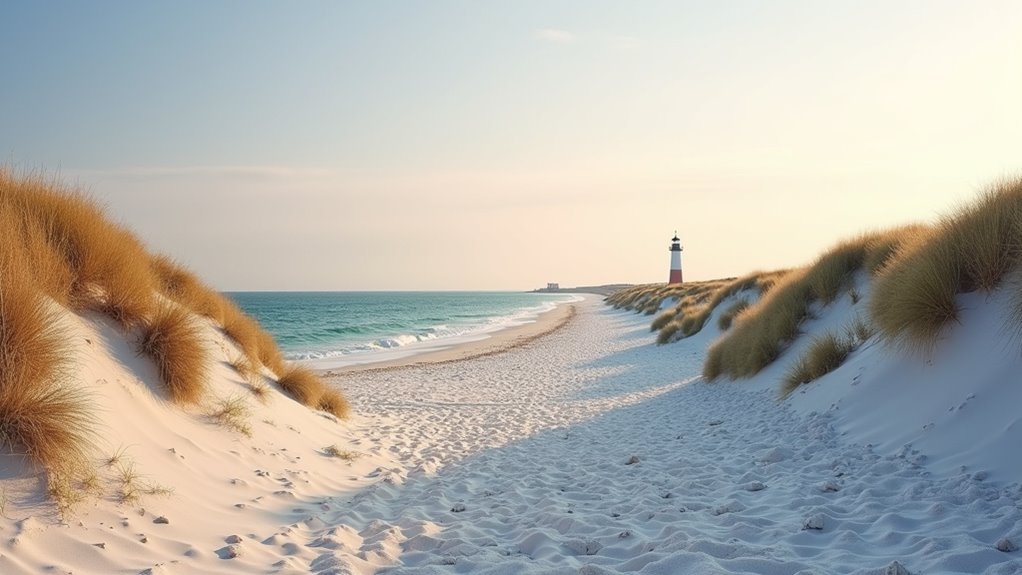
Denmark’s remarkable 7,400 kilometers of coastline offers travelers an astonishing variety of pristine beaches and coastal landscapes that few European destinations can match. You’ll discover 142 Blue Flag-certified beaches with exceptional water quality and environmental standards.
Whether you’re seeking the dramatic dunes of Søndervig, the amber-rich shores of Blåvand, or Sønderstrand’s impressive 4km width (Northern Europe’s widest beach), Denmark delivers world-class coastal experiences. The sheltered dunes at Henne Beach create perfect environments for long, white sandy stretches that earned it recognition as one of Europe’s top destinations by CNN in 2019.
The UNESCO-listed Wadden Sea National Park features some of the country’s cleanest swimming waters and vital habitats for migratory birds.
Don’t limit yourself to summer visits—Denmark’s beaches captivate year-round with winter storm-watching, coastal hiking trails, and proximity to outstanding culinary experiences like the Michelin-starred Henne Kirkeby Kro restaurant. While Croatia may be known for its hedonistic nightlife, Denmark offers a more serene and nature-focused coastal experience.
While cities like Paris and Barcelona have long dominated Europe’s culinary landscape, Copenhagen has revolutionized the food world with its New Nordic movement that began in the early 2000s. Spearheaded by visionaries like René Redzepi of Noma, this philosophy celebrates local, seasonal ingredients and sustainable practices. The dining scene has come incredibly far since the manifesto was signed in 2004 by twelve Nordic chefs who committed to pursuing pure, fresh, and regional ingredients.
You’ll find Copenhagen boasting an impressive 26 Michelin stars across 15 restaurants, with 17 Green Michelin Stars recognizing their eco-friendly approaches. This culinary revolution has transformed Denmark into a foodie paradise that draws visitors from around the globe—four out of ten international travelers cite food as their primary reason for visiting.
When you dine in Denmark, you’re not just enjoying a meal but experiencing a cultural movement that’s redefined gastronomy while supporting local producers and sustainable farming.
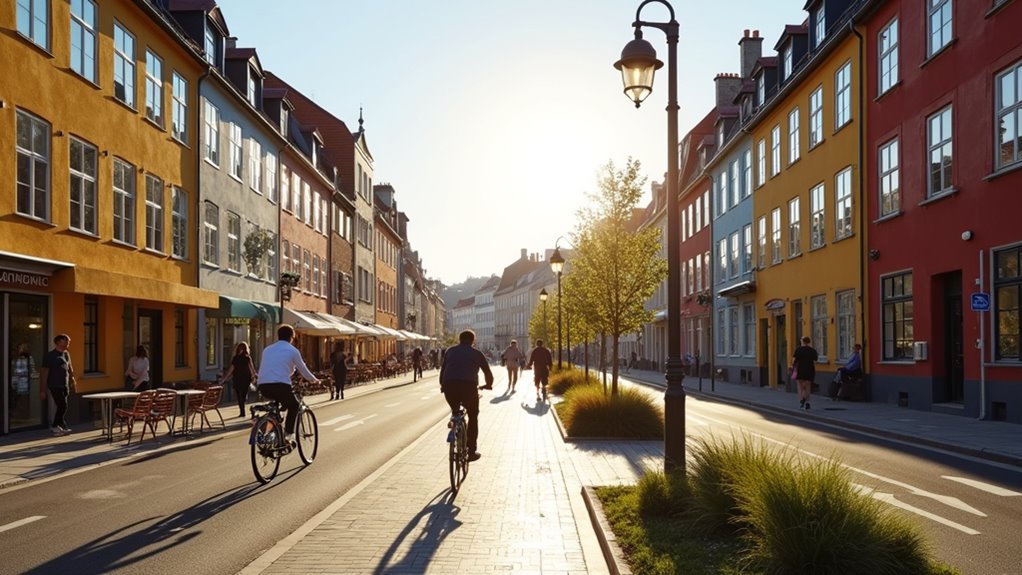
In Copenhagen, you’ll witness the tangible future of urban living through its remarkable commitment to design excellence and sustainability. The city aims to become the first carbon-neutral capital by 2025, implementing innovative solutions at every turn.
You’ll notice the seamless integration of sustainable architecture with historic buildings, creating an urban landscape that’s both forward-thinking and respectful of heritage. Neighborhoods like Vesterbro showcase courtyard-style designs promoting social equity, while waterfront developments in Nordhavn demonstrate cutting-edge environmental innovation. The city’s comprehensive Climate Plan has already achieved a 72.6% reduction in CO2 emissions since 2005.
Copenhagen’s urban planning prioritizes green spaces, public transportation, and walkability. Smart city technologies like intelligent traffic systems make daily life more efficient while reducing environmental impact. While visiting, you’ll find that unlike Stockholm’s high living costs, Copenhagen offers excellent value with its free public spaces and accessible design innovations. This city isn’t just designing beautiful spaces—it’s creating a blueprint for how we’ll all live in the coming decades.
The best way to experience Copenhagen’s urban design philosophy in action is on two wheels. With over 240,000 daily bicycle trips and specialized cycle tracks throughout the city, you’ll join locals who make cycling their primary transportation mode—36% for commutes citywide, rising to 49% for trips to work or school.
Copenhagen’s commitment to car-free exploration extends beyond cycling infrastructure. Pedestrianized zones like Strøget complement the extensive bike networks, creating a city where sustainable transportation isn’t just policy—it’s lifestyle. Denmark’s deep-rooted cycling culture is reflected in the projection of US$513.38m revenue in the country’s bicycle market by 2025. Unlike Sweden, which also embraces cycling but on a smaller scale, Denmark offers urban mobility solutions that have become a model for cities worldwide.
Rent a bike to discover why this system works so effectively: the integration with public transit, the cultural normalization of cycling from childhood, and the economic benefits that flow from prioritizing people over cars. You’ll experience firsthand how this approach creates a more livable, environmentally friendly urban space.

Denmark’s famous hygge lifestyle offers perhaps the most compelling reason to visit this Scandinavian nation. This uniquely Danish concept emphasizes coziness, comfort and simple pleasures that contribute to Denmark’s consistent ranking among the world’s happiest countries.
Embrace Denmark’s hygge—where coziness and simple joys create the world’s happiest nation.
When you experience hygge firsthand, you’ll understand why Danes have mastered the art of contentment. The concept has historical roots dating back to around 1800, with even older Norse origins connected to protection from the outside world. Even in Denmark’s warmest regions, the seasonal changes create perfect conditions for practicing hygge throughout the year.
Vikings once dominated Northern Europe, and Denmark remains as the living custodian of this remarkable heritage. At UNESCO-listed Jelling Monuments, you’ll discover Denmark’s “birth certificate” in the form of thousand-year-old rune stones commissioned by Harald Bluetooth, who unified the country and introduced Christianity.
You can explore circular Trelleborg fortresses that showcase Viking engineering precision, or visit Lindholm Høje with its 682+ ancient graves marked by distinctive stone ship settings. The Viking Ship Museum in Roskilde lets you examine five preserved 11th-century vessels while Ribe VikingeCenter offers immersive reenactments of daily Viking life. The Kongernes Jelling visitors’ centre provides an in-depth exploration of the UNESCO Heritage Site over ten centuries.
After exploring Denmark’s Viking treasures, you might want to experience the country’s beautiful coastal landscapes similar to those found in Larnaca’s beaches.
These sites aren’t mere tourist attractions—they’re tangible connections to Denmark’s formative era, when ambitious kings and seafaring warriors shaped the nation’s identity we recognize today.
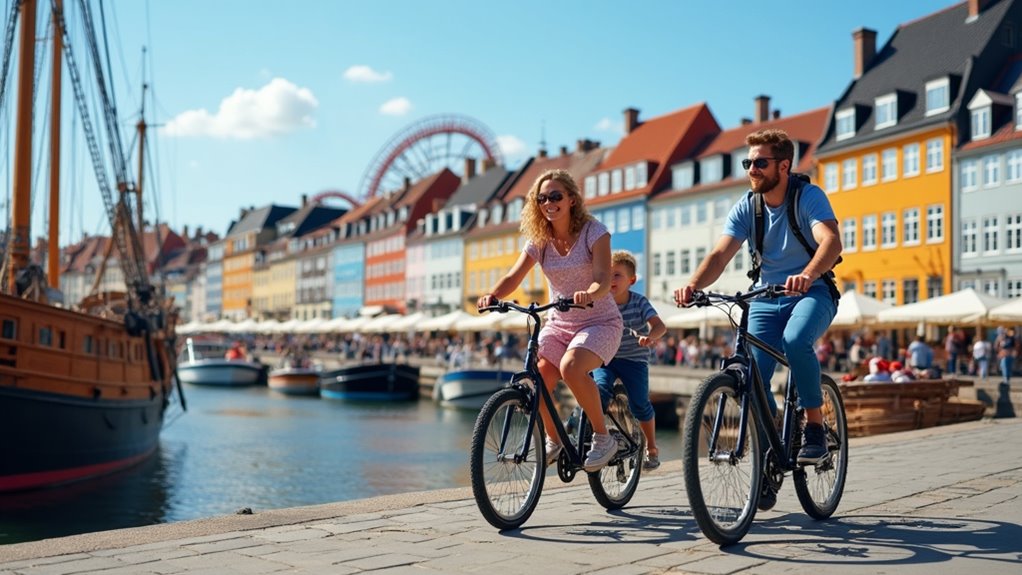
While ancient Vikings crafted Denmark’s cultural foundation, today’s families will find the country equally enchanting for entirely different reasons. Denmark excels at creating attractions that delight visitors of all ages, from world-class theme parks to interactive museums.
Denmark delivers an unforgettable experience that’s absolutely worth your time. With over 8,000 miles of pristine coastline, you’ll never run out of beautiful shores to explore. You’ve discovered why this Nordic gem enthralls visitors—from sustainable tourism and hygge lifestyle to world-class cuisine and Viking history. Whether you’re cycling through Copenhagen or exploring coastal landscapes, Denmark’s charm will leave you planning your return before you’ve even left.